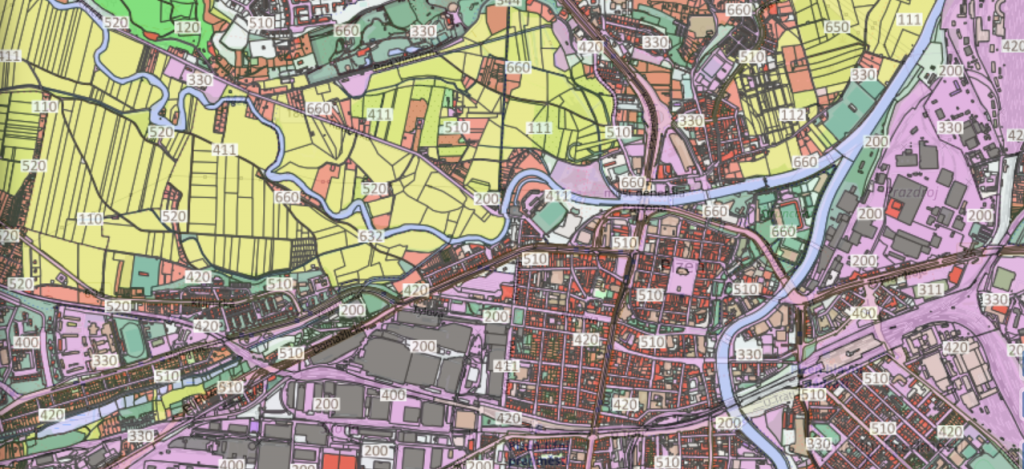Mentors: Jiri Kvapil, Jan Vrobel
QGIS is important application in Free and Open Source Software domain for GIS and spatial data processing. It is a professional GIS application with powerful tools and components. Support for Python scripting is one of these powerful components.
Atlas plugin for QGIS is a new tool for GIS users familiar with desktop GIS to prepare map composition for Web map applications. GIS user can prepare composition from local layers on desktop and publish this composition with all layers to the Web with Layman application.
Challenge description: The goal of this challenge is to test QGIS Python API on PoliRural DIH or WRLS AgriHub that are being developed and will be presented during the Hackathon. Testing of the Atlas plugin can be done simultaneously while preparing data layers with the Python API.

